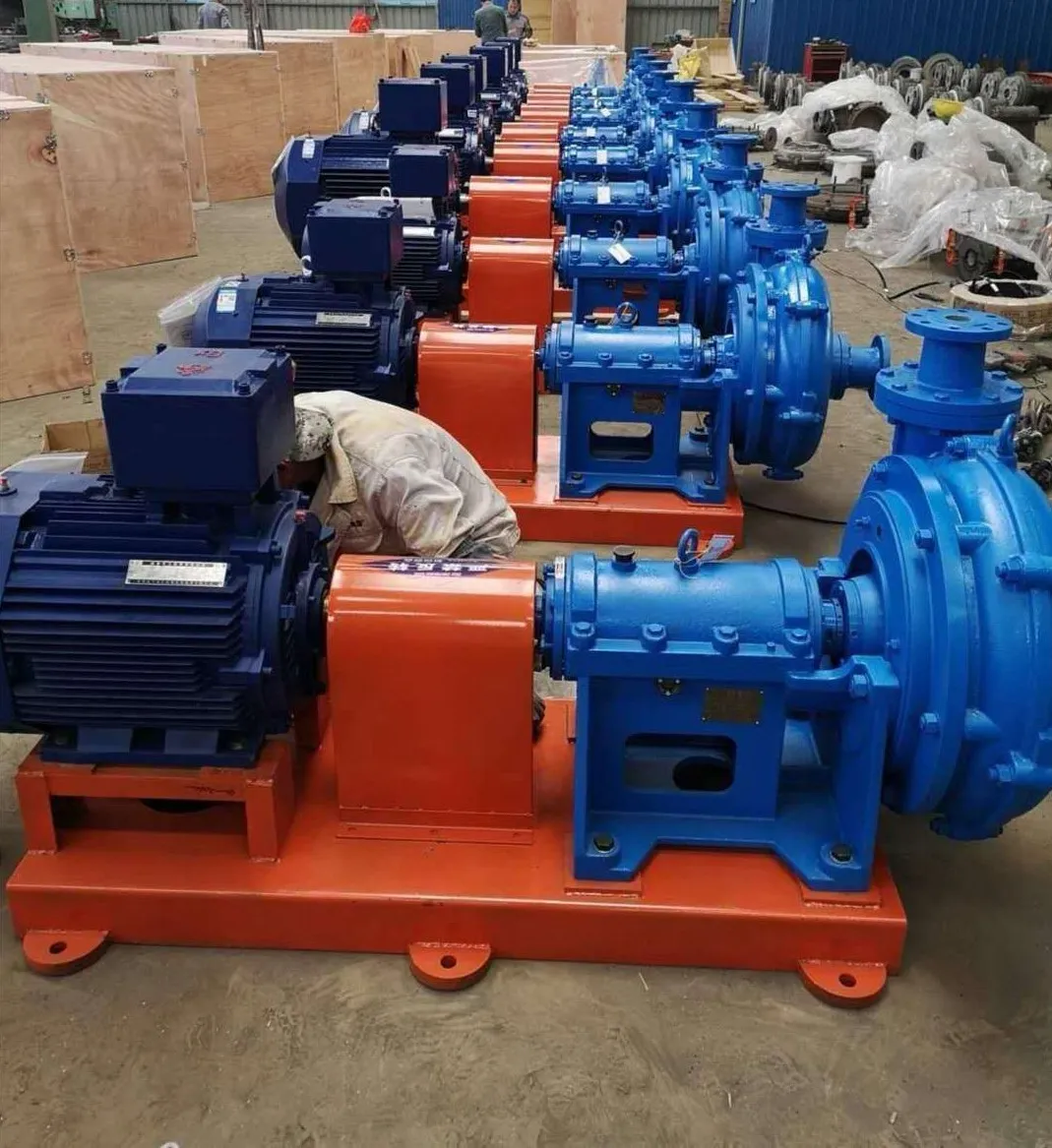English
- Afrikaans
- Albanian
- Amharic
- Arabic
- Armenian
- Azerbaijani
- Basque
- Belarusian
- Bengali
- Bosnian
- Bulgarian
- Catalan
- Cebuano
- Corsican
- Croatian
- Czech
- Danish
- Dutch
- English
- Esperanto
- Estonian
- Finnish
- French
- Frisian
- Galician
- Georgian
- German
- Greek
- Gujarati
- Haitian Creole
- hausa
- hawaiian
- Hebrew
- Hindi
- Miao
- Hungarian
- Icelandic
- igbo
- Indonesian
- irish
- Italian
- Japanese
- Javanese
- Kannada
- kazakh
- Khmer
- Rwandese
- Korean
- Kurdish
- Kyrgyz
- Lao
- Latin
- Latvian
- Lithuanian
- Luxembourgish
- Macedonian
- Malgashi
- Malay
- Malayalam
- Maltese
- Maori
- Marathi
- Mongolian
- Myanmar
- Nepali
- Norwegian
- Norwegian
- Occitan
- Pashto
- Persian
- Polish
- Portuguese
- Punjabi
- Romanian
- Russian
- Samoan
- Scottish Gaelic
- Serbian
- Sesotho
- Shona
- Sindhi
- Sinhala
- Slovak
- Slovenian
- Somali
- Spanish
- Sundanese
- Swahili
- Swedish
- Tagalog
- Tajik
- Tamil
- Tatar
- Telugu
- Thai
- Turkish
- Turkmen
- Ukrainian
- Urdu
- Uighur
- Uzbek
- Vietnamese
- Welsh
- Bantu
- Yiddish
- Yoruba
- Zulu
Telephone: +86 13120555503
Email: frank@cypump.com
Dec . 29, 2024 14:39 Back to list
slurry pumping systems
Understanding Slurry Pumping Systems
Slurry pumping systems are integral to various industrial processes, particularly in sectors such as mining, construction, waste management, and chemical processing. A slurry is a mixture of solid particles suspended in a liquid, often water, which poses unique challenges and requirements for effective transportation and handling. The proper design and implementation of slurry pumping systems ensure efficient movement of these mixtures, minimizing operational costs and enhancing productivity.
Components of Slurry Pumping Systems
Slurry pumping systems consist of several key components pumps, pipelines, valves, and control systems. The pump is the heart of the system, and its selection depends on the type of slurry being pumped, its concentration, viscosity, and the distance it must be transported. Common types of pumps used for slurry include centrifugal pumps, diaphragm pumps, and positive displacement pumps. Each type has its advantages and is suited for specific applications.
Pipelines carry the slurry from one location to another, and they must be designed to withstand the abrasive nature of the solid particles. Materials commonly used for pipelines include rubber-lined steel, PVC, and HDPE, chosen for their durability and resistance to wear.
Valves in the system regulate the flow of slurry, ensuring that it moves smoothly and efficiently through the pipeline. Control systems monitor various parameters such as flow rate, pressure, and temperature to optimize the performance of the slurry pumping operation.
Factors to Consider in Slurry Pump Design
When designing a slurry pumping system, several factors must be taken into account
1. Slurry Characteristics The physical and chemical properties of the slurry significantly affect pump selection. High solid concentration, particle size, and shape must be analyzed to determine the most suitable pumping method.
slurry pumping systems

2. Distance & Elevation The distance the slurry needs to travel, along with any elevation changes, will determine the power requirements of the pump and the overall efficiency of the system.
3. Wear Resistance Slurry pumps are subject to wear due to the abrasive nature of the solid particles. Selecting materials that can withstand this wear extends the life of the pump and reduces maintenance costs.
4. Operational Efficiency An efficient slurry pumping system minimizes energy consumption while maximizing output. Properly engineered systems can significantly decrease operational costs over time.
Maintenance of Slurry Pumping Systems
Regular maintenance is crucial for the longevity and effectiveness of slurry pumping systems. This includes routine inspections of the pump and associated components to identify wear and tear. Proper lubrication and timely replacement of worn parts can prevent unexpected breakdowns and maintain optimal performance. Operators should be trained to monitor key parameters and respond proactively to any issues that arise.
Conclusion
Slurry pumping systems are vital in numerous industries, playing a critical role in transporting materials that supports various processes. By understanding the components, design considerations, and maintenance strategies involved in these systems, businesses can enhance their operational efficiencies and reduce costs. As industries continue to evolve, advancements in technology and engineering practices will further optimize slurry pumping systems, making them even more effective in handling complex materials efficiently.
Investing in the right equipment, along with a commitment to maintenance and operational excellence, will ensure that slurry pumping systems serve their intended purpose, contributing significantly to the success of industrial operations.
-
Horizontal Split Case Pump with GPT-4 Turbo | High Efficiency
NewsAug.01,2025
-
ISG Series Pipeline Pump - Chi Yuan Pumps | High Efficiency, Durable Design
NewsAug.01,2025
-
Advanced Flue Gas Desulfurization Pump with GPT-4 Turbo | Durable & Efficient
NewsJul.31,2025
-
ISG Series Vertical Pipeline Pump - Chi Yuan Pumps | Advanced Hydraulic Design&Durable Construction
NewsJul.31,2025
-
ISG Series Vertical Pipeline Pump - Chi Yuan Pumps | Energy Efficient & Low Noise
NewsJul.31,2025
-
pipeline pump - Chi Yuan Pumps Co., LTD.|High Efficiency&Low Noise
NewsJul.31,2025










